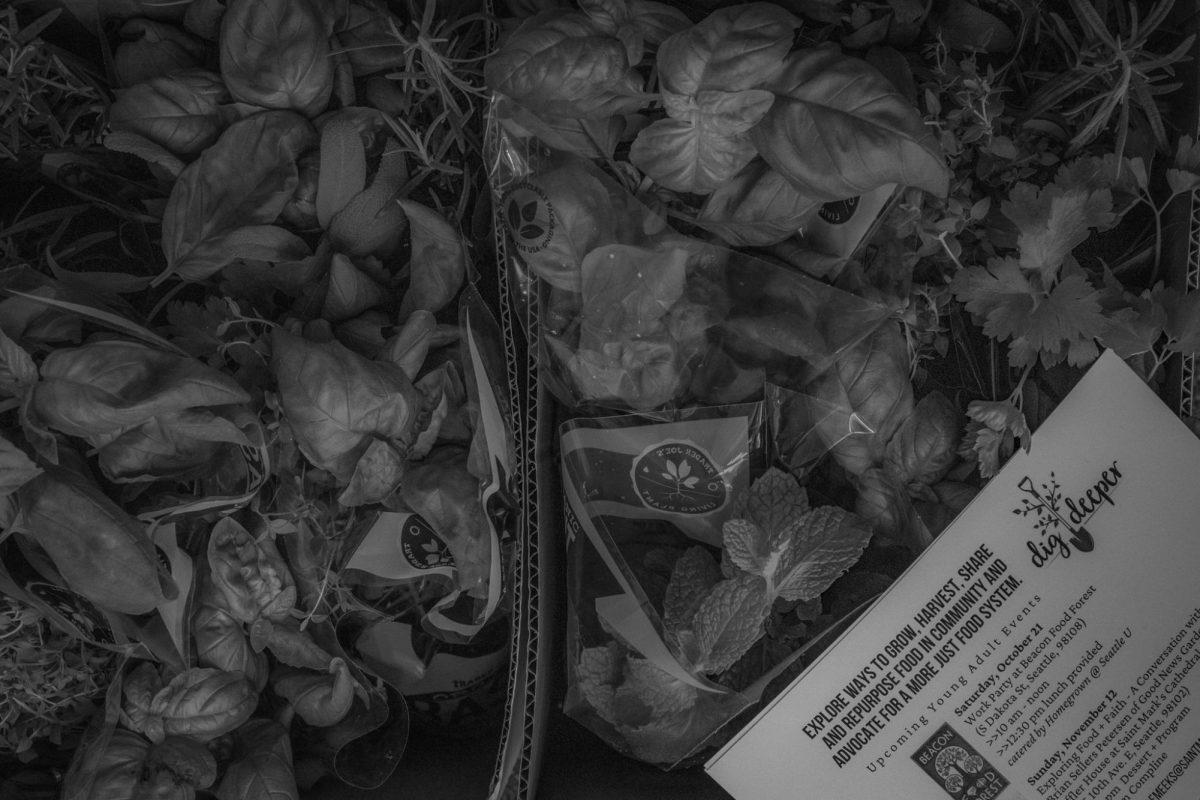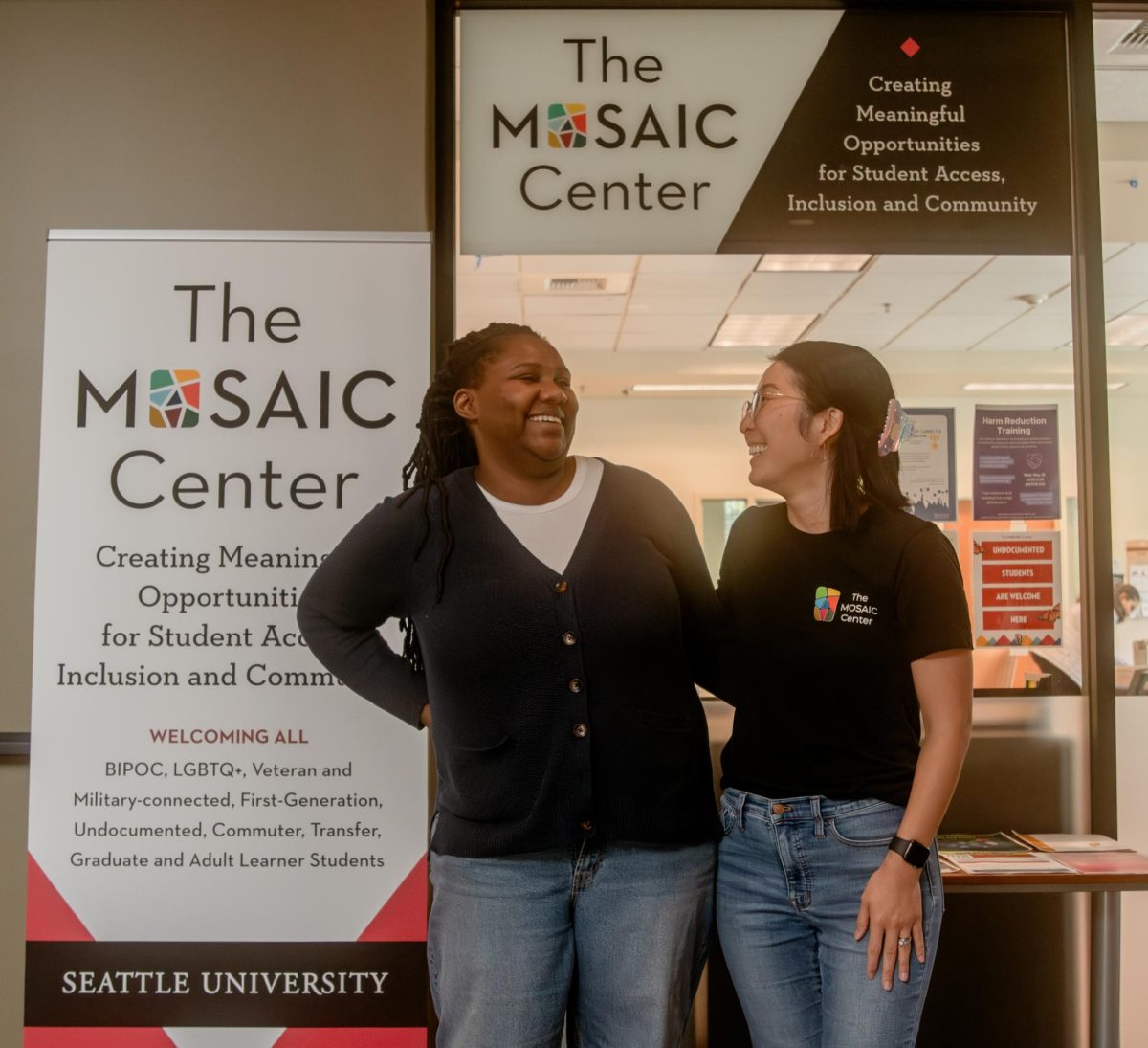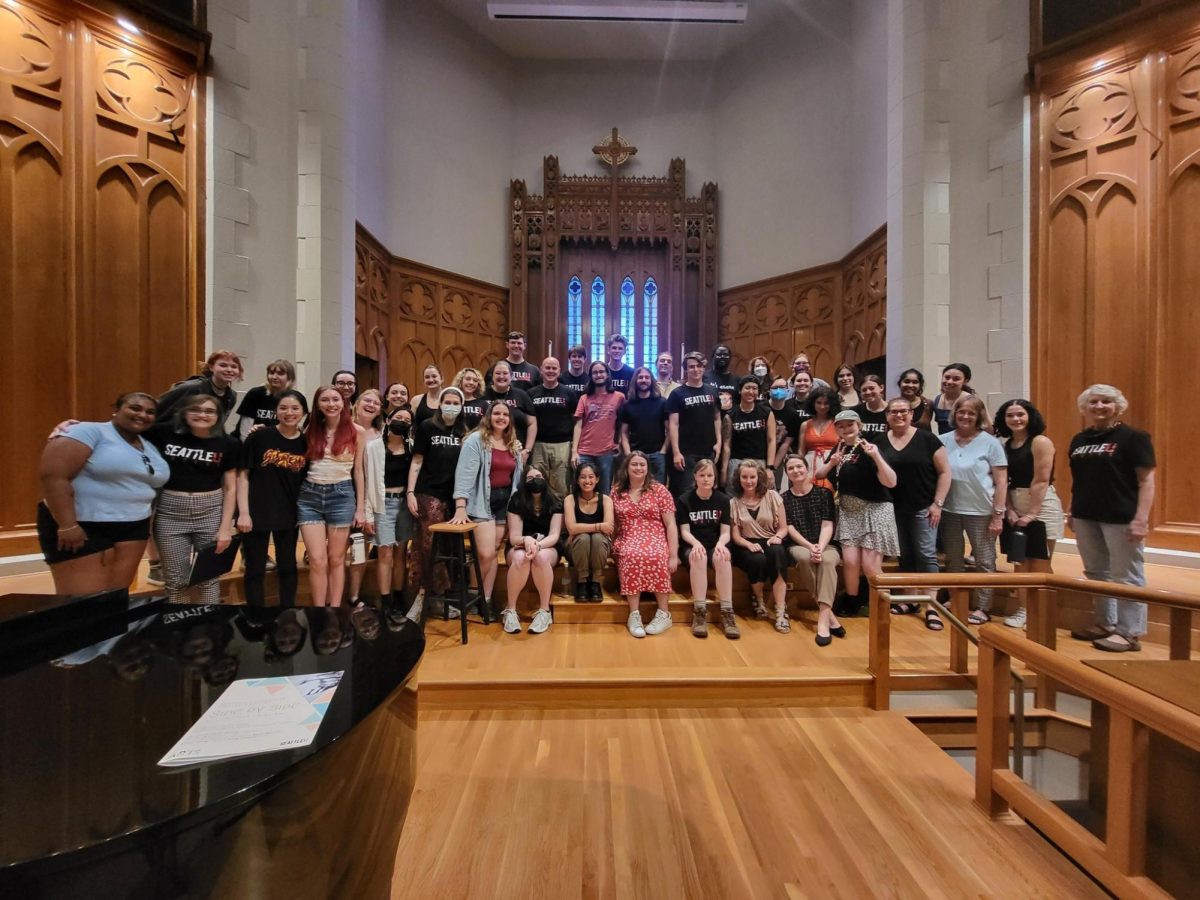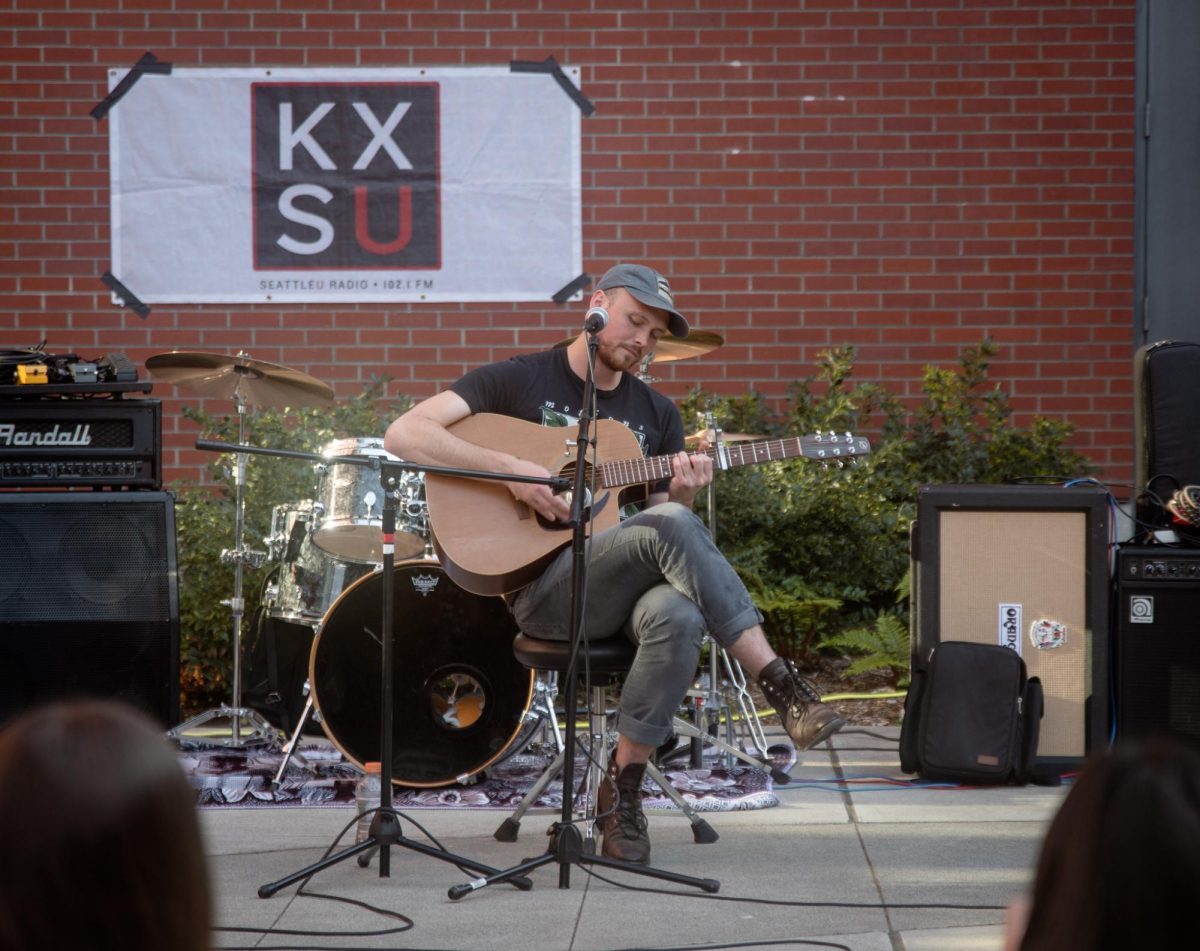Food is necessary to sustain human life—to grow, to interact, to produce—and yet, this basic need is widely unmet.
According to the United Way of King County, over 14% of adults in Seattle live beneath the poverty line, making food difficult to afford for many individuals and families. This statistic is even higher amongst Black and Latino adults.
Mark Coleman, senior media and marketing officer for Food Lifeline, an organization that sources and distributes nutritious food to those in need, commented on the pervasiveness of hunger-related issues in Seattle.
“There are communities in every city in this country that are unfairly impacted by hunger. Where they have severe economic issues, they live in food deserts,” Coleman said.
Food deserts, which are characterized by a lack of convenient access to healthy and affordable food, are found in King County and South Seattle.
Coleman spoke to the consistent battle between communities needing more access to food and more local grocery stores, and grocery stores not seeing any profit in communities with high rates of poverty.
“This cyclical arena of starvation and health disparity occupying economically lower sectors of our nation only exacerbates their poorness.”
While hunger has always existed in Seattle, the pandemic caused a 17% increase in food insecure individuals, growing from 10% to 27% of the population. This statistic has remained relatively constant, according to a Washington State University and University of Washington study on food insecurity in Seattle.
Food Lifeline saw pandemic-induced hunger firsthand as COVID caused a drastic increase in the numbers of people needing their assistance.
“Before 2020, we had roughly 800,000 people in Western Washington visiting our food banks. During the pandemic that shot up to 1.1 million,” Coleman said. “There were a lot more hungry people than we thought but at least we got them and could take care of them.”
Speaking to the intersection between food accessibility and other social issues, Coleman highlighted the circular nature of such disparities.
“If we look at poverty and social injustice and racial inequity, those are all based around access to nutritious food. If we turn convenience food to people, they’re not going to be healthy,” Coleman said. “What that does is causes them to go to the doctor, to miss work, which they already can’t afford to do. It causes boundaries.”
Along with Food Lifeline, many organizations in Seattle highlight how food insecurity contributes to other forms of oppression and seek to work towards healthy communities with reliable access to nutrient-rich food. One of which is Nurturing Roots, a community farming program working towards social and environmental justice.
Nyema Clark, founder and director of Nurturing Roots, uses community farming as an opportunity to uplift people of color while involving more individuals in the food cycle. To Clark, food is not just fuel but culture, community and medicine.
“Being able to have sustainable produce that you can source locally for an affordable rate is very important because it’s our health. It’s the way we’re supposed to thrive as human beings,” Clark said.
Both Coleman and Clark find it critical that communities have access to food that is related to their cultural identities.
“A lot of these communities don’t have access to culturally relevant foods, foods that they know how to prepare, food that they feel comfortable with,” Clark said. “We have pockets in Seattle with Asian communities that can’t find affordable ingredients for foods they know how to make.”
Clark commented on the manner in which food can serve as comfort, particularly to those who are in spaces unfamiliar to them.
“If you’re from another country, why can’t you have the foods that you’re used to? Or that your body is craving?” Clark said.
As time has gone on, Food Lifeline has adjusted to the knowledge that what food people are eating can be just as important as the fact of them eating, after serving a community of migrant farm workers in Northern Seattle.
“We were sending them potatoes and cauliflower and they were like, ‘This is nice but we don’t know what to do with it. Can you get us tortillas, masa harina, tomatillos?’ and so now, we do,” Coleman said.
While focusing on the impact culture has on the way individuals source, eat and prepare their food, Nurturing Roots also seeks to provide natural health solutions to communities that may have limited access to medicine.
“Oregano, rosemary, lavender, there’s all kinds of things that we don’t necessarily notice as a medicinal source. But melon, for example, grows and thrives in the northwest and it’s really good to reduce inflammation and mucus.”
Brian Sindel, food bank manager at the Jewish Family Service (JFS), an organization aiding vulnerable families in the Puget Sound region, echoes Clark and Coleman in the belief that food alone does not make healthy communities, healthy food does.
“Food banks, for a long time, have been thought of strictly as charity, that people should be happy with anything that they can get… [but] this isn’t about charity, this is about health equity. How do we make sure communities have access to things that are going to make them healthy so they can thrive, and if we’re just loading unhealthy foods onto people, that’s not going to help anybody.”
While the majority of JFS’s served population are unhoused individuals, people from different living situations utilize food insecurity programs. Food that needs to be properly prepared can complicate accessibility for unhoused persons.
“When you don’t have access to housing, it’s much more challenging to eat healthy food. A lot of what is shelf stable isn’t healthy and that’s why just addressing someone’s hunger needs, isn’t the full picture,” Sindel said. “You can’t go to a foodbank and be a healthy person while being unhoused.”
While food insecurity is a pervasive issue across Seattle, it exists at Seattle University as well. According to a Hope Temple study, over 23% of undergraduate students are food insecure, Seattle U not being immune to this statistic.
Megan Okuma, project assistant at the Wellness and Health Promotion at Seattle U, talked about food insecurity initiatives on campus, one of which being the food pantry.
“The food pantry is located where it used to be last year, what is now called the MOSAIC Center, and students can go onto ConnectSU, fill out an order form, and pick up one bag per week.”
Okuma is grateful for the addition of the food pantry to other Seattle U resources, discussing how navigating budgeting and meal planning as an undergraduate student can be arduous and difficult to maintain.
With nearly half of Seattle U students coming from households making more than $120,000 a year, Ashley Sydenstricker, a third-year film major, highlighted how hunger and the inability to afford food are not often discussed in campus discourse.
“I’m glad SU started up the pantry, it was about time. Especially because we’re in a predominantly wealthy school, food and starvation is sort of a foreign topic to bring up when it isn’t a joke. I think it should be talked more about because it’s not like anyone’s immune to it.”
While hunger might not always be visible, it exists in large numbers in Seattle. As the foundation of human life, food access interacts with all other facets of living, amplifying the impacts of food insecurity far beyond malnutrition.
“Everyone deserves access to free food anytime because it’s a human necessity,” Sydenstricker said.
Hannah Mwangi also contributed to this article.

















